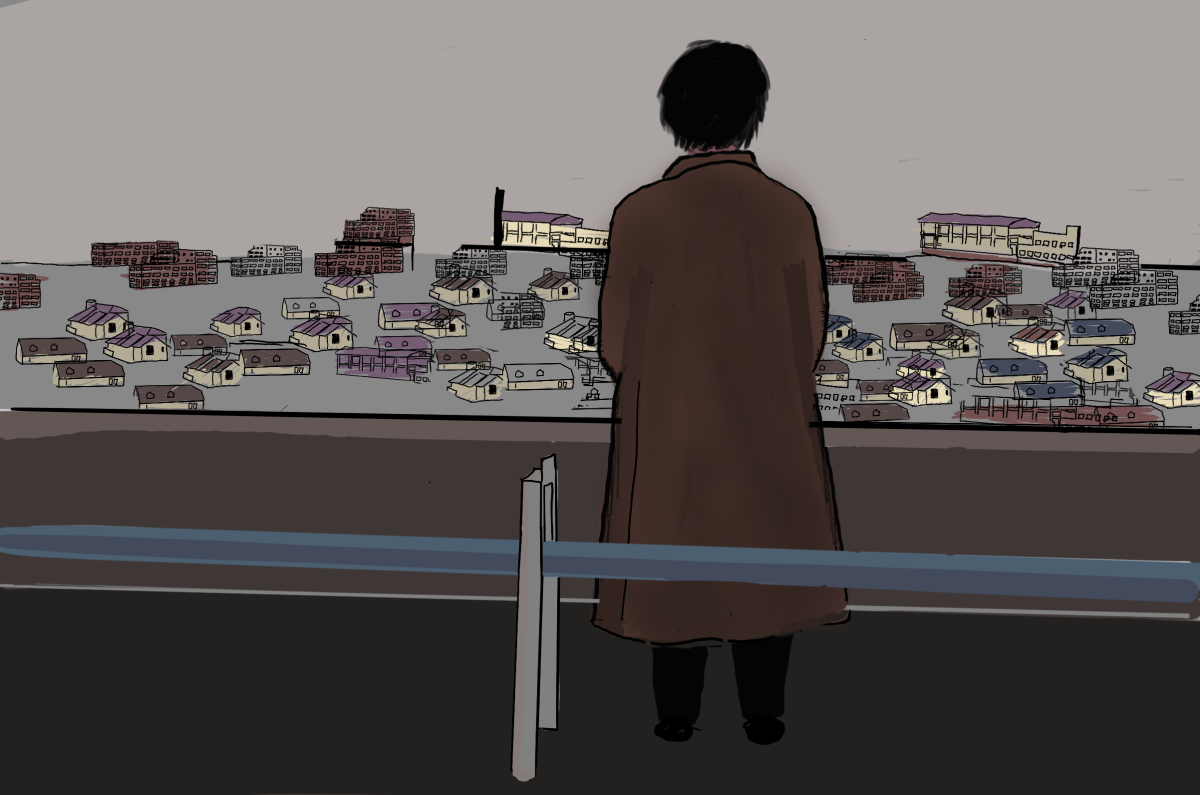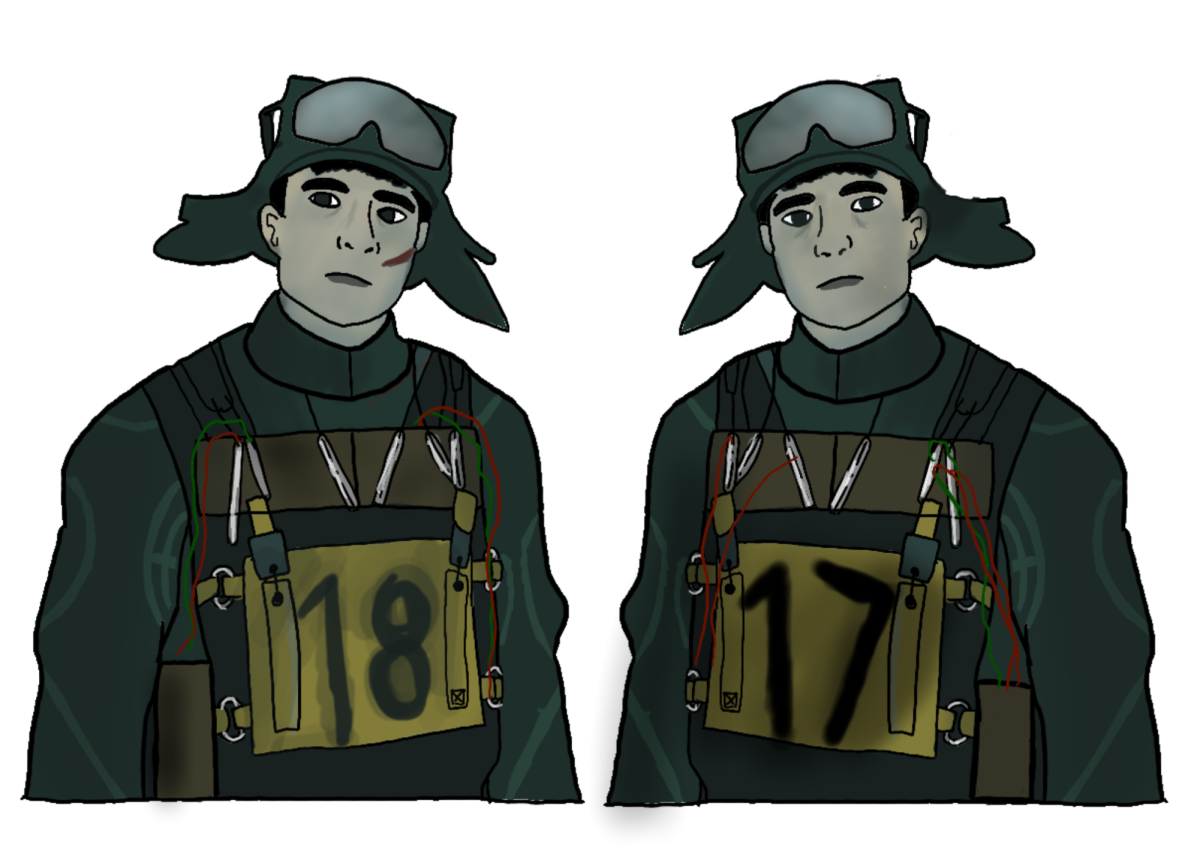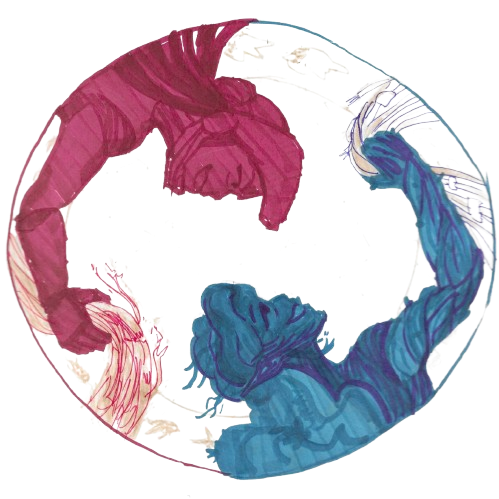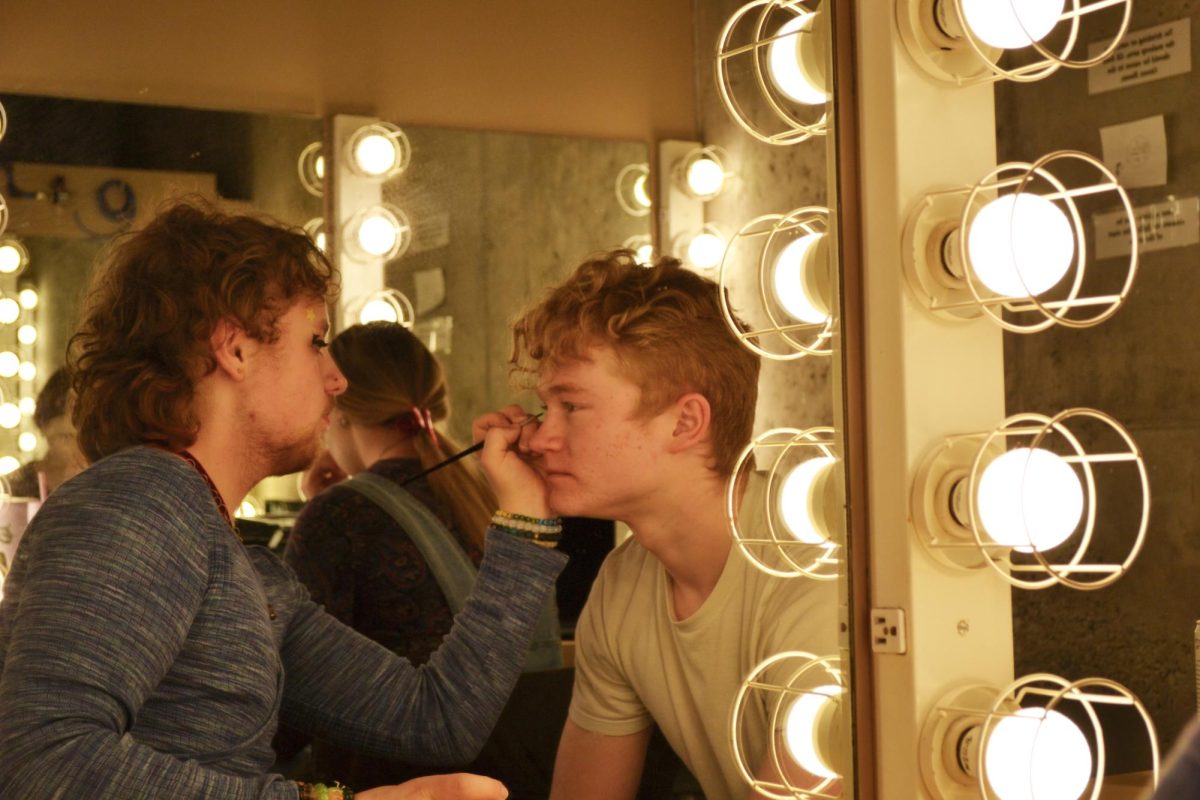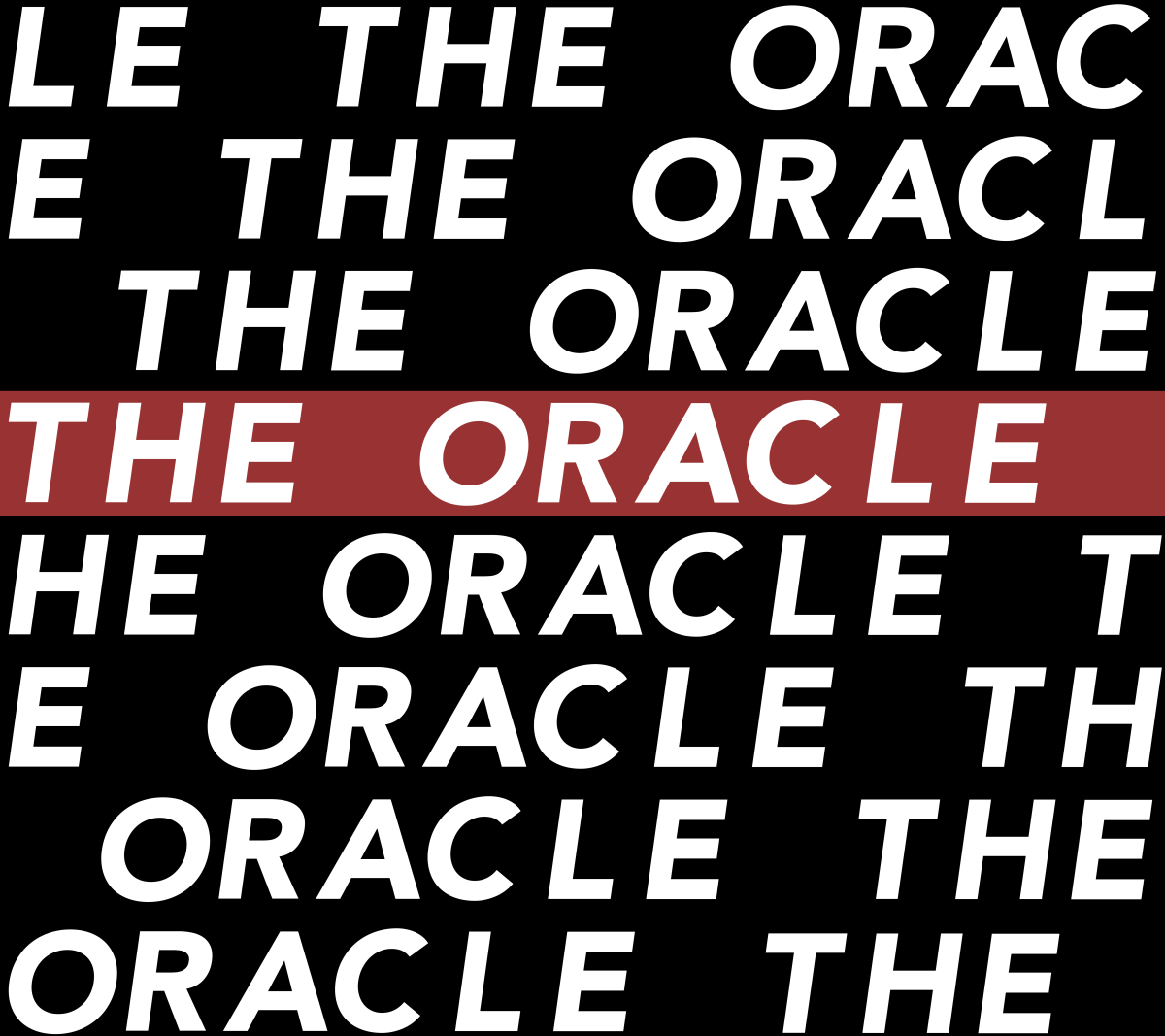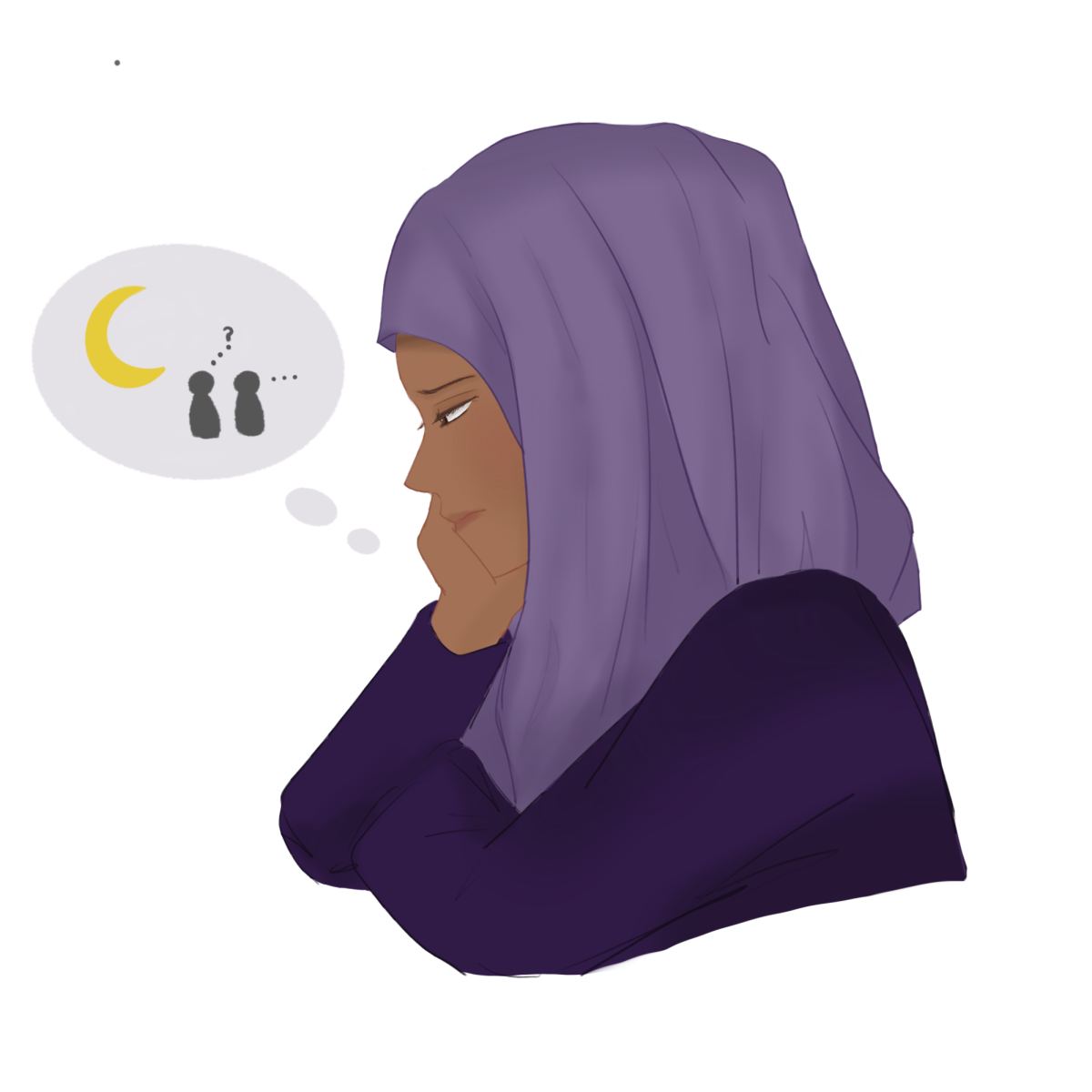Cure (1997): A Horrifying Masterpiece
“People like to think a crime has meaning. But most of them don’t.” With October now upon us, many people enjoy getting into the mood of the spooky season by watching horror movies, so I would like to take the time to sell you an underseen horror gem: “Cure.”
The plot follows Detective Kenichi Takabe–played excellently by Koji Yakusho, who recently starred in 2023’s Oscar-nominated film “Perfect Days”–as he investigates a gruesome series of serial killings in Tokyo with an identical M.O.: The victim is swiftly killed and a large letter “X” is carved into their neck. However, the part that confuses the investigators is that the perpetrators have no relation to each other and are unable to remember why they committed their crimes. While his working life transforms into a frustrating nightmare, Kenichi also has to help his wife, Fumie, adjust to her new mental illness, which only further serves to expedite the unraveling of his own mental health.
Elsewhere, a man calling himself Mamiya—played by Masato Hagiwara—washes up on a beach with no memory of his life. His only possessions are the clothes on his back and a cigarette lighter, and wherever he goes death seems to follow in his wake.
The Director, Kiyoshi Kurosawa, got his start making low-budget direct-to-video productions in the 80s, and “Cure” was his first theatrical release, becoming a progenitor of the Japanese-Horror wave that swept the international film scene with movies such as 1998’s “Ringu” and 2002’s “Ju-On: The Grudge.”
One of the things that most struck me when seeing this film was Kurosawa’s ability to capture the audience’s attention and mesmerize them with simple, but immensely effective, uses of repetition with the everyday elements of fire and water. By using such hypnotic and powerful imagery, he can fully enthrall the viewers within the world of the film, making them question whether they themselves would be able to resist Mamiya’s persuasive temptations.
The sound design is also impeccable, utilizing droning background noises like a perpetually running washing machine or gusts of wind to never quite give you a chance to be fully at ease when watching the movie.
The use of violence, while infrequent, is notable in its matter of presentation. There is no sudden buildup in tension, no musical score egging on the action; it is simply plain and understated. To depict tragedy without any excess flourishes, only contextualizing it with the mundane backdrop of our daily existence, is what makes it truly horrifying.
The extensive use of wide shots, long takes and static framings was captivating. After reading more about the director, I was surprised to learn that he is a professor at the Tokyo University of the Arts. As a cinephile, seeing the evolution of techniques in Japanese filmmaking is immensely rewarding.
I am far from being alone in my adoration of this film, as “Cure” has also earned the praise of many industry professionals. When the great Bong Joon-ho (the director of 2019’s Best Picture-winning film “Parasite”) has been asked by the British magazine Sight and Sound to provide a list of the ten greatest movies of all time, he has always included “Cure” on his lists.
Another director who has praised this film is the legendary Martin Scorcese, who stated in a review for DirectTV, “This is one of the very best films by the extremely talented Kiyoshi Kurosawa… He’s an absolute master of light, framing and pacing, and he has so much control over all three that there are moments in his movies when the slightest gesture in the corner of the frame will send a shiver down your spine.”
Kiyoshi Kurosawa is still making movies to this day, and his most recent picture, 2024’s “Cloud,” has been selected as the Japanese entry for this year’s Best International Feature Film, which we will soon be hearing more about throughout the year’s Oscar season.
I hope that this review can persuade at least one reader to seek out this film. You won’t regret it. My rating for “Cure” is a 10/10.
A nihilistic descent into Japanese cinema
Erik Larson, Life Reporter
October 4, 2024
Categories:
Cure Movie, 5:30 Am edition
Story continues below advertisement
0
More to Discover

